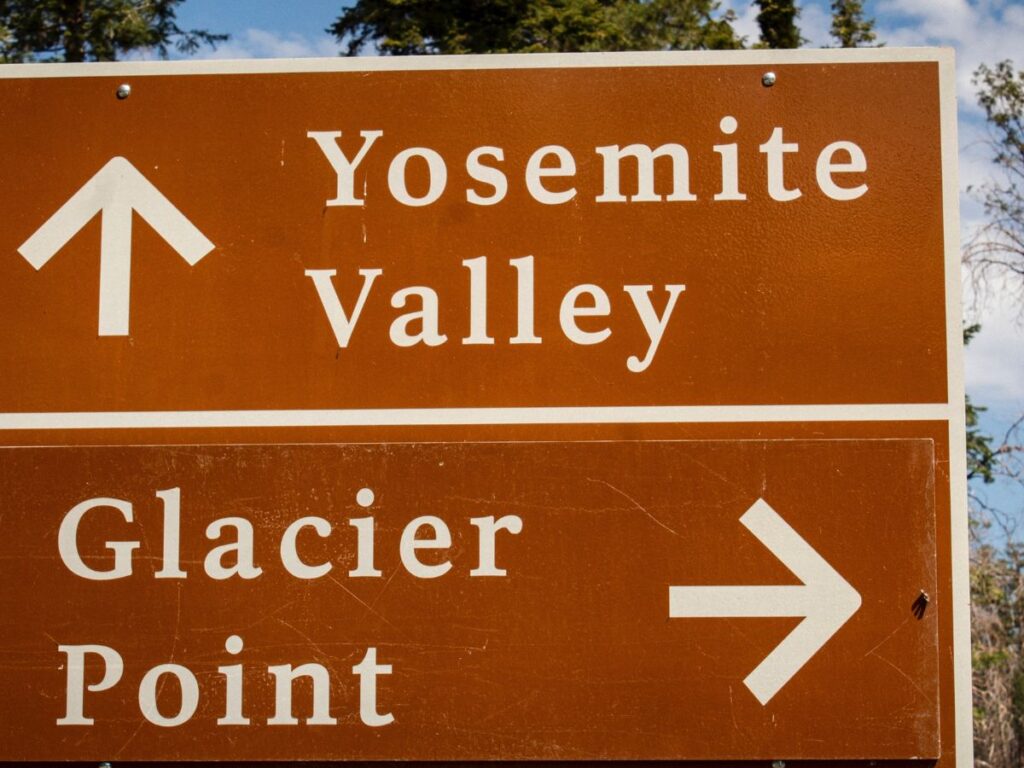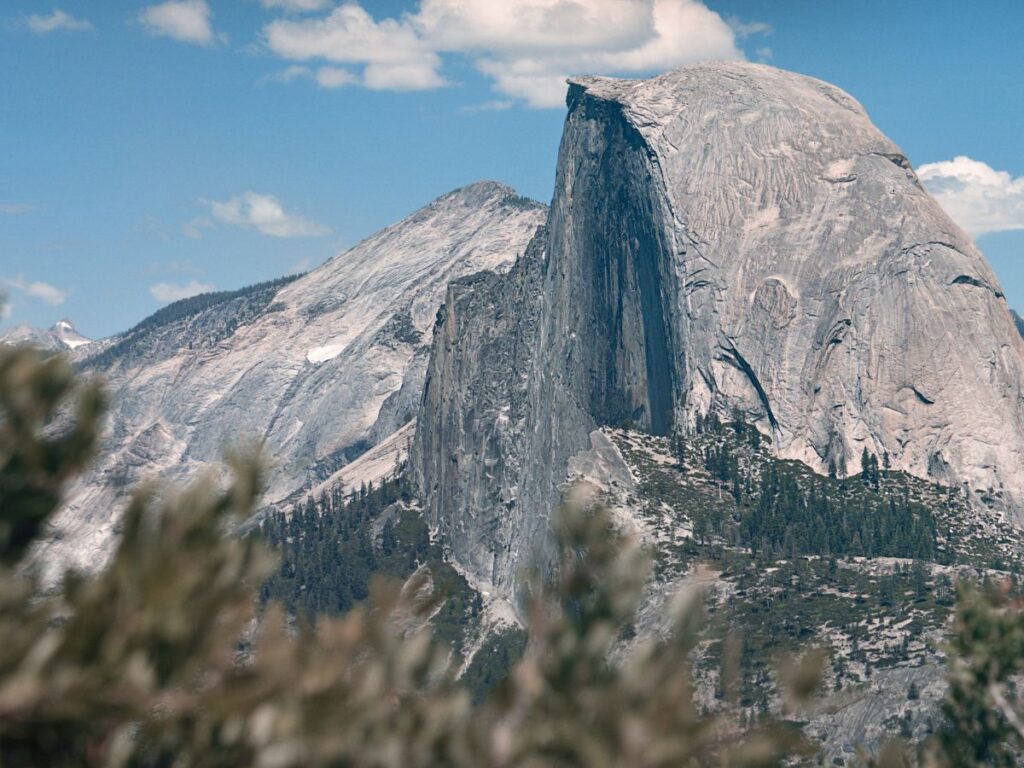Yosemite, with its sheer granite cliffs, cascading waterfalls, and ancient giant sequoias, holds a unique place not just in the United States, but in the global imagination. One of the earliest places in the country to be recognized for its overwhelming natural beauty, it has inspired poets, painters, and naturalists for generations. The valley’s breathtaking vistas and serene meadows invite a question that many have pondered: When did this majestic place become a national park? As we delve into Yosemite’s rich history, this article seeks to answer precisely that.
The Indigenous Peoples and Yosemite
Long before Yosemite was recognized as a national treasure by the U.S. government and the broader public, it was home to the Ahwahneechee tribe. For thousands of years, the Ahwahneechee lived in harmony with the land, navigating its rugged terrain, utilizing its resources, and developing a deep spiritual connection with the valley they named “Ahwahnee,” meaning “large mouth.”
The relationship between the indigenous people and the Yosemite Valley was symbiotic. The valley provided sustenance, shelter, and a place of spiritual significance, while the Ahwahneechee managed the land with practices like controlled burns, which maintained the health of the meadows and forests. However, as the interest in Yosemite’s unique landscapes grew among settlers and explorers, the Ahwahneechee faced displacement and cultural disruption. This rich history serves as a backdrop to understanding the importance of preserving not only the land itself but the stories and heritage of those who called it home first.

Early Exploration and Recognition
The Yosemite Valley, with its captivating grandeur, was not widely known to the outside world until the mid-19th century. The pivotal moment of its recognition came with the Mariposa Battalion’s entry into the valley in 1851. This militia group, organized primarily to suppress the indigenous Ahwahneechee during the Mariposa Wars, stumbled upon the breathtaking landscapes of the valley. Dr. Lafayette Bunnell, a member of the battalion, was so deeply moved by its beauty that he suggested naming it “Yosemite,” after a misinterpretation of the Ahwahneechee tribe’s name.
Subsequent to the battalion’s discovery, early explorers and naturalists were drawn to the area. Their accounts brimmed with awe. They described towering cliffs, verdant meadows, and waterfalls of unparalleled beauty. These accounts played a significant role in Yosemite’s increasing recognition, planting the seeds for its eventual protection and conservation.
The Role of Prominent Figures
John Muir: John Muir, the Scottish-American naturalist, is often hailed as the “Father of National Parks.” Muir’s profound connection to Yosemite fueled his writings, which depicted the valley’s wonders with vivid passion. He tirelessly advocated for the protection of the American wilderness, particularly Yosemite. His activism played a pivotal role in the establishment of Yosemite National Park in 1890. Beyond Yosemite, Muir’s advocacy led to the creation of the National Park system, ensuring that America’s most treasured landscapes would be preserved for future generations.
Galen Clark: Galen Clark holds the honor of being Yosemite’s first guardian. Before Muir, Clark was one of the earliest advocates for Yosemite’s preservation. In 1855, he discovered the Mariposa Grove of Giant Sequoias, further drawing attention to the region’s unique natural assets. Clark’s relentless efforts over the years contributed to the 1864 Yosemite Grant Act, a significant step towards Yosemite’s national park status.
President Abraham Lincoln: In the midst of the Civil War, President Lincoln signed the Yosemite Grant Act in 1864. This groundbreaking legislation set aside Yosemite Valley and the Mariposa Grove for public use, resort, and recreation. While not yet a “national park” in the modern sense, this was a crucial move towards protection and conservation. Lincoln’s vision paved the way for the establishment of the National Park system, marking Yosemite as a cornerstone in the conservation movement.
The Yosemite Grant Act of 1864
In the thick of national turbulence during the Civil War, an act of conservation emerged that would change the trajectory of land preservation in the U.S. The Yosemite Grant Act of 1864 was groundbreaking legislation that set aside Yosemite Valley and the Mariposa Grove of Giant Sequoias for “public use, resort, and recreation,” marking them inalienable for all time. The Act was a unique piece of legislation. Rather than being designated for settlement or commercial use like much of the West at the time, this land was specifically earmarked for preservation and public enjoyment. It entrusted the state of California with the guardianship of these lands, ensuring that they would remain untouched and accessible to the public.
Significance: The Yosemite Grant Act set a monumental precedent. It was the first instance in the history of the world where a national government had set aside land purely for the sake of preservation and public enjoyment. This concept laid the groundwork for the national park idea, heralding a new era of conservation in the United States and inspiring the creation of national parks worldwide.
Lincoln’s Role: Despite the pressing demands of the Civil War, President Abraham Lincoln recognized the intrinsic value of Yosemite. By signing the Yosemite Grant Act into law on June 30, 1864, Lincoln ensured that this unique landscape would remain protected from commercial interests, standing as a testament to the nation’s commitment to conservation.

The Push for Full National Park Status
Even with the protections of the Yosemite Grant, advocates for the land recognized that further action was needed to provide comprehensive protection to the broader region, safeguarding it from potential threats like logging and overdevelopment.
Efforts and Campaigns
Post the 1864 grant, there was an increased push from conservationists, naturalists, and even politicians to expand Yosemite’s protected status. The boundaries of the original grant did not cover the vast high country surrounding the valley, a region equally rich in natural wonders. Advocacy for its protection was backed by scientific expeditions and public writings, emphasizing the ecological and aesthetic value of the entire Yosemite region.
Role of the National Park Idea and Its Pioneers
The idea of land being set aside for the enjoyment of the public and for conservation purposes was gaining momentum. Pioneers like John Muir passionately wrote and spoke about the need to protect such lands. Muir’s writings, along with the efforts of other conservationists, played a pivotal role in the national dialogue, leading to a broader understanding of the importance of preserving these natural wonders. Their relentless advocacy and the burgeoning National Park idea culminated in the establishment of Yosemite National Park in 1890, encompassing a vast expanse beyond the original grant’s boundaries.
Yosemite National Park Establishment in 1890
A milestone in conservation history, Yosemite was officially designated a national park on October 1, 1890. This proclamation was more than just the christening of a park; it was the culmination of years of activism and a testament to the national park idea’s power.
Date and Significance: On October 1, 1890, after relentless efforts by conservationists and pioneers like John Muir, the U.S. Congress set aside more than 1,500 square miles of reserved forest lands, marking the birth of Yosemite National Park. This act symbolized the nation’s evolving recognition of the importance of preserving natural wonders for future generations.
The Park’s Initial Boundaries and Subsequent Expansions: The 1890 boundaries significantly expanded the protected areas beyond the original 1864 grant, covering high country and other ecosystems. However, the iconic Yosemite Valley and the Mariposa Grove were added later, in 1906, ensuring the entirety of Yosemite’s diverse landscapes were under the park’s protection. Over the years, minor adjustments have been made, but the park’s core essence has remained inviolate.
Yosemite’s designation as a national park further solidified the national park idea and bolstered the conservation movement in the U.S. The success of activists in preserving such a vast expanse of land inspired other campaigns across the country, leading to the establishment of more national parks and sparking a global conservation trend.

The Impact of the National Park Service
With the increasing number of national parks and monuments, there arose a need for a centralized agency dedicated to their care, protection, and management. This need led to the birth of the National Park Service (NPS) in 1916.
Formation of the National Park Service in 1916:
On August 25, 1916, President Woodrow Wilson signed the act creating the National Park Service, a new federal bureau under the Department of the Interior. Entrusted with the mission “to conserve the scenery and the natural and historic objects and wildlife therein, and to provide for the enjoyment of the same in such manner and by such means as will leave them unimpaired for the enjoyment of future generations,” the NPS became the steward of America’s national parks. Under the NPS’s guidance, Yosemite has seen improvements in infrastructure, trails, and visitor centers, ensuring the park remains accessible while preserving its natural beauty. The NPS has also overseen critical conservation projects in Yosemite, from habitat restoration to wildlife management. Furthermore, the NPS has championed educational programs in the park, enlightening visitors about Yosemite’s natural wonders, cultural history, and the importance of conservation. Through their dedicated management, the NPS has ensured Yosemite remains a sanctuary for both nature and the millions who visit each year.
Reasons for Yosemite’s National Park Designation
Yosemite’s designation as a national park was not a spontaneous decision. Rather, it was the culmination of the region’s intrinsic value being recognized by explorers, scientists, politicians, and the general public. Delving into the reasons behind this significant designation provides insights into the multifaceted appeal of this iconic landscape.
Yosemite is a showcase of Mother Nature’s artistic prowess. Central to its recognition were its stunning geological formations:
- Granite Cliffs: Towering cliffs like El Capitan and Half Dome are products of millions of years of geological activity. Carved by glaciers and honed by time, they stand as testimonies to Earth’s dynamic processes.
- Waterfalls: Yosemite boasts some of the tallest waterfalls in North America. The sheer power and beauty of falls like Yosemite Falls and Bridalveil Fall attracted early visitors and continue to captivate audiences today.
- Glacial Valleys and Meadows: The serene meadows and valleys, once shaped by ancient glaciers, provide a contrasting calm to the park’s imposing cliffs.
Beyond its geology, Yosemite is a thriving ecosystem:
- Flora: The park is home to over 1,450 plant species. From the iconic Giant Sequoias in Mariposa Grove to the wildflowers that blanket its meadows, the flora contributes to Yosemite’s vibrant landscapes.
- Fauna: Yosemite’s varied topography supports a diverse range of animals. Whether it’s the black bears foraging in the forests or the Peregrine Falcons soaring above, the park’s wildlife adds another layer to its allure.
The establishment of Yosemite as a national park carried implications beyond environmental conservation:
- Tourism: Even before its national park designation, Yosemite was drawing visitors. The allure of its natural wonders promised (and delivered) a boost to tourism, making a case for its protection and management.
- Conservation: Yosemite’s designation became a model for conservation. The idea that lands should be protected not just for their resources but for their intrinsic, aesthetic, and recreational value gained momentum.
The park’s establishment brought economic opportunities via tourism, leading to developments in infrastructure and local businesses. Additionally, its designation signaled a shift in how the U.S. perceived and valued its natural landscapes on a national scale.

Key Takeaways
- Yosemite National Park’s establishment in 1890 followed years of advocacy, with early recognition dating back to the Mariposa Battalion’s entry in 1851.
- The park holds deep cultural importance for the Ahwahneechee tribe, emphasizing the connection between the indigenous peoples and the land.
- Figures like John Muir, Galen Clark, and even President Abraham Lincoln played pivotal roles in Yosemite’s journey to becoming a national park.
- The Yosemite Grant Act of 1864, signed by Lincoln, set a benchmark for the national park idea, highlighting the significance of conserving natural wonders.
- Yosemite’s designation was influenced by its unique geological features and the rich biodiversity it houses.
- Established in 1916, the National Park Service has been instrumental in managing and maintaining the pristine conditions of Yosemite, ensuring its preservation for future generations.
- Beyond natural beauty and conservation, Yosemite’s designation as a national park bolstered tourism, set economic wheels in motion, and marked a shift in national perception towards valuing natural landscapes.
FAQs
- Who were the original inhabitants of Yosemite?
The Ahwahneechee tribe were the indigenous people of Yosemite, living in harmony with the land for thousands of years before displacement. - What led to the discovery and recognition of Yosemite?
The Mariposa Battalion entered the valley in 1851, and the subsequent reports of its beauty by members like Dr. Lafayette Bunnell brought attention to the area. - Why is John Muir significant to Yosemite’s history?
Known as the “Father of National Parks,” Muir’s advocacy and writings were instrumental in the establishment of Yosemite National Park and the broader national park system. - What was the Yosemite Grant Act of 1864?
Signed by President Lincoln, it was groundbreaking legislation setting aside Yosemite Valley and Mariposa Grove for public use, setting a precedent for future national parks. - How did Galen Clark contribute to Yosemite’s preservation?
As Yosemite’s first guardian and discoverer of the Mariposa Grove of Giant Sequoias, Clark was instrumental in early conservation efforts. - What are some of Yosemite’s most iconic features?
Yosemite is famous for its towering granite cliffs like El Capitan and Half Dome, ancient giant sequoias, and majestic waterfalls like Yosemite Falls. - What does Ahwahnee mean, and why is it important?
“Ahwahnee” means “large mouth,” a name given by the Ahwahneechee tribe to the valley, reflecting its spiritual significance and the deep connection between the land and its people. - Why was the Yosemite Grant Act unique?
It was the first time land was designated for protection and public enjoyment, marking a shift in land management and conservation efforts. - What were some early activities and uses of Yosemite?
Early on, Yosemite attracted visitors for its natural beauty, serving as a place for tourism, recreation, and inspiration, even before its national park designation.
